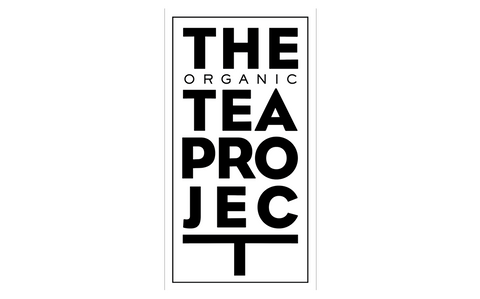The Art and Culture of India's Chai Wallahs

A Journey Through the Vibrant World of Indian Tea Stands
Growing up in India, one of the most vivid memories I have is of visiting the chai wallahs, or tea stands, that line the streets.
These stands are a hub of activity, with the central figure being the tea wallah standing over a brass samavar that is heated with hot coals.
There is a deep cloth strainer that holds a large quantity of BOP tea and mixed in is a unique mix to that wallah of spices. The most common is cardamon, ginger, pepper, and cloves.
The wallah will collect between 5-10 glass cups, heat them up with hot water, and in a second stove is a boiling pot of milk.
A large metal jug is filled with milk and then the strong tea is lifted out of the samovar and hung over the milk to get the desired strength.
Then, the tea is poured from a height a number of times, and the entertainment is from the height and agile hand movements the chai wallah does in catching the tea. This effect froths the tea and also cools it just enough to be able to instantly drink.
It's not just the taste of the chai that makes the experience so special, it's also the atmosphere of the tea stand. Often, you'll see people gathered around chatting and catching up, making it a social occasion as well as a caffeine boost.
Chai is not just a drink, it's a cultural experience, and it's something that is deeply ingrained in the Indian way of life.
The tradition of chai wallahs and street tea stands has been passed down for generations, and it's a testament to the enduring popularity of this delicious drink. Even as modern coffee shops and cafes have sprung up across the country, the humble chai stand remains a beloved fixture of Indian street life.

